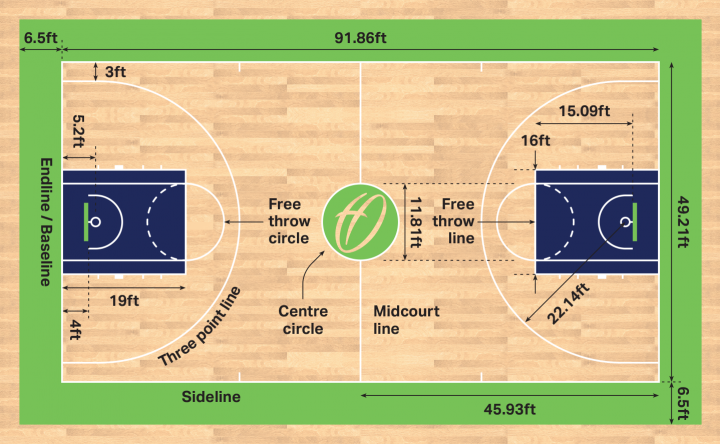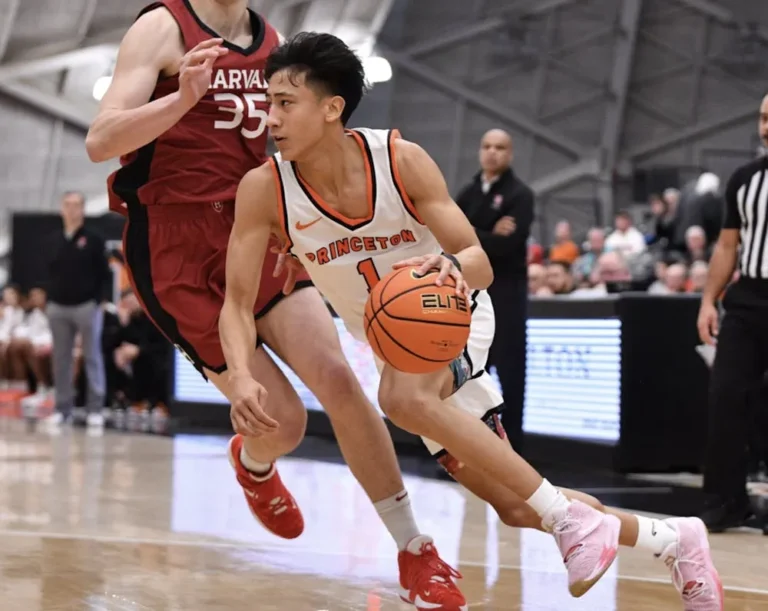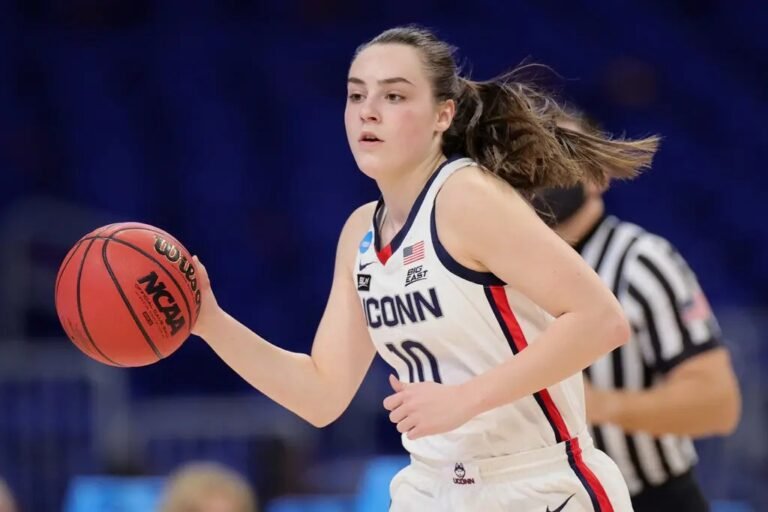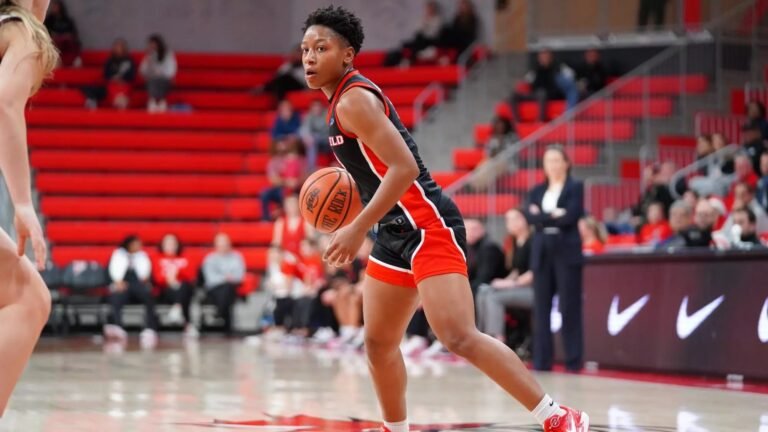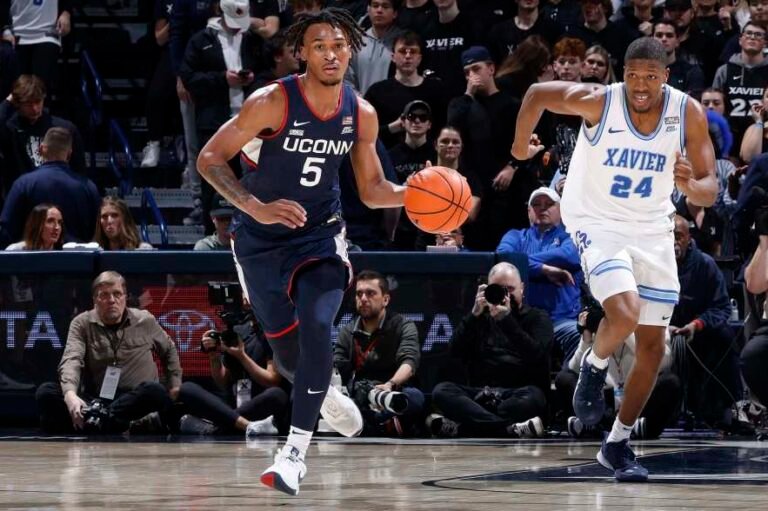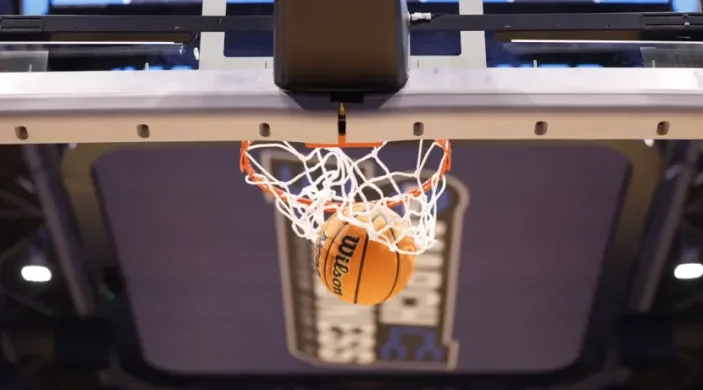How Long is a Basketball Court?
If you have ever made a move or even watched a game, you’ve probably wondered, “How long is a basketball court?” Whether you are playing on a local external court or watching a specialist NBA game, the size of the basketball court plays an enormous part in how the game spreads out. Today, we will isolate the components of a basketball court and research how they can move depending on the level of play.
What are the Standard Dimensions of a Basketball Court?
The official length of a ball court utilized in proficient associations like the NBA is 94 feet, with a width of 50 feet. This makes the court very open, giving players a lot of space to move. While examining the length of a ball court, it’s important that various associations and levels of play utilize different court sizes.
For instance, courts utilized for secondary school games are marginally more limited at 84 feet in length, while courts in the worldwide game (FIBA) are 91.9 feet long and 49.2 feet wide. This variety in court size implies that players need to adjust their game while moving, starting with one level and then onto the next.
Key Measurements of a Basketball Court
A basketball court isn’t just about the length. A couple of indispensable locales inside the court impact how the game is played. Here are the key assessments:
- Free-Throw Line: This line is 15 feet from the backboard and is where players stand to take free throws after a foul.
- Three-Point Line: The distance to the three-point line changes depending upon the affiliation. In the NBA, it’s 23.75 feet from the box, while in school ball, it’s 22.15 feet.
- Container Level: The edge stands 10 feet off the ground, which is the standard level across all levels.
Understanding these viewpoints can help you better appreciate the game and the capacities required to play at a critical level.
Why Do Basketball Court Sizes Vary?
While the NBA court length is standardized, basketball courts can vary in size depending on the league and, moreover, the level of challenge. Optional endless school courts, for example, are routinely more humble than capable courts. However, how could that be? The assortment in size is generally to accommodate different ages, social events, and ability levels.
- Optional School Courts: Optional school players are often young and less developed, so an imperceptibly more restricted court appears to be all right. It is considered a faster-paced game, but at this point, it gives players a ton of space to move.
- School Courts: School courts are generally the same length as optional school courts, but various viewpoints could be differentiated fairly.
- Capable Courts: In the NBA, the more expanded court is considered truly isolating and imperative play, giving most excellent contenders the space they need to show their capacities.
Each court size offers a clever experience and creates different troubles for players.
How the Court Size Affects the Game
The length of a ball court essentially influences how the game is played. A greater court is considered truly scattering, which benefits bunches with fast, athletic players who can go all around the court quickly. It similarly offers shooters more space to find open possibilities.
Of course, a more unobtrusive court packs the game, making it more physical and protected. This can provoke more contact and lower-scoring games as gatherings track down scoring harder in a bound space.
Tutors often tailor their methods to the size of the ball court. For example, on a larger court, you could see bunches press all the time more regularly, as they can use the extra space to trap rival players.
International vs. NBA Basketball Court Dimensions
While standing out an NBA court from a worldwide (FIBA) court, there are slight yet critical differences. As referred to under the steady gaze, an NBA court is 94 feet long, while a FIBA court is possibly more restricted at 91.9 feet. The width also differs, with the NBA court being 50 feet wide, which stands out from FIBA’s 49.2 feet.
These little changes can have a recognizable impact on how the game is played. The more restricted FIBA court can incite speedier advances from assurance to offence. In contrast, the NBA’s greater court gives players more space to work with, considering more extraordinary and fast-moving games.
Importance of Court Markings
The lines and markings on a b-ball court fill a huge need, helping coordinate the game’s flow. Each line on the court has a specific significance, and players ought to understand these markings to avoid blunders.
- The Benchmark: This runs along the width of the court and signifies the breaking point for excessively far-out calls.
- The Sidelines: These lines run along the length of the court and extend beyond the field of play markers.
- The Key (or Paint): This is the rectangular area before the bushel. It’s where most antagonistic plays work out, especially short vicinity shots and returns.
- The Three-Point Bend: Shots made past this curve are worth three core interests. The distance of the curve varies depending on the level of play.
Understanding the justification for these lines and locales can help the two players and fans with following the game even more easily.
The Role of Court Maintenance in Performance
While the parts of a basketball court are huge, the condition of the genuine court can, in like manner, play a significant part in a game’s outcome. An especially aware of the court gives better hold, ensuring that players can move faultlessly without the bet of slipping. Courts that are unbalanced or have worn surfaces can provoke wounds or make it difficult for players to execute plays, as a matter of fact.
Standard cleaning and resurfacing of the court surface can help with staying aware of ideal playing conditions. For outdoor courts, weather patterns can similarly be a variable, as storms or soil can impact the surface’s traction. Ensuring suitable drainage and upkeep is essential for safe play.
Read Also: What is a Double Double in Basketball?
Conclusion
Understanding the parts of a basketball court is pressing for players, guides, and fans, something very similar. Whether you’re thinking about the manner by which long a ball court is or the way that its size impacts continuous cooperation, the court’s length plays a huge part in the stream and style of the game. NBA courts are 94 feet long, while auxiliary schools and worldwide courts are barely more restricted. These differentiations, while little, perceivably influence intuitiveness and procedure.
With this data, you’ll have an unmatched appreciation for how the game fans out and the various components that impact the outcome. Whether you’re playing on a nearby ball court or watching the prepared experts, court perspectives are a key piece of the game’s savvy enchant.
FAQs
What is the length of a basketball court?
A standard basketball courts is 94 feet long for the NBA and 84 feet long for high school games.
How long is an NBA basketball court in yards?
An NBA basketball court is approximately 31.3 yards long.
Is a basketball court 60 feet long?
No, a standard basketball court is longer than 60 feet. An NBA court is 94 feet long.
What size is a 3×3 basketball court?
A 3×3 basketball court measures 49.2 feet (15 meters) by 32.8 feet (10 meters).
How far is the 3-point line?
In the NBA, the 3-point line is 23.75 feet from the basket. For FIBA, it’s 22.15 feet, and in high school, it’s 19.75 feet.

